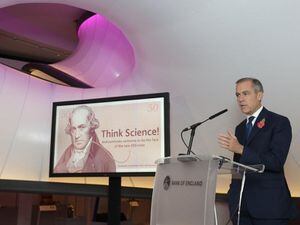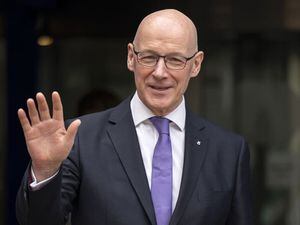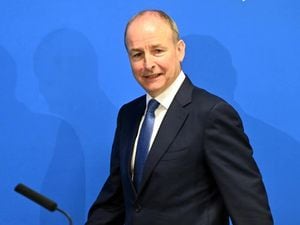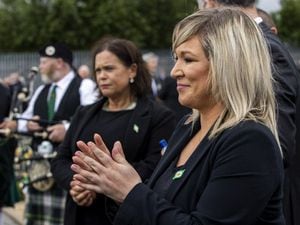Which scientists might feature on the new £50 note?
Here is a guide to some of the possible candidates.

The new face of the £50 note – other than that of the Queen – will be a scientist, the Bank of England has said.
If they are British, no longer living and are not fictional, then they are in with a chance.
With the public asked to submit nominations, here is a guide to some of the possible candidates:
– Professor Stephen Hawking

Prof Hawking inspired the masses with his insight, humour and success against the odds with motor neurone disease, which left him nearly totally paralysed.
He died at the age of 76 in March and his ashes were interred in Westminster Abbey alongside Sir Isaac Newton, who featured on the final £1 note.
– Dorothy Hodgkin

Her pioneering work on X-ray crystallography revealed the 3D structures of penicillin and insulin. The work led the way for greater treatment for diabetics.
The professor, who died in 1994, won early backing for the note from Royal Society president Venki Ramakrishnan.
– Alan Turing

But his contribution was not fully recognised in Britain during his lifetime, and he was persecuted for being homosexual during a time when it was outlawed in the UK.
He was made to undergo chemical castration treatment and died two years later by suicide at the age of 41 in 1954.
In his honour, a law introduced last year pardoning men convicted for having same-sex relationships was dubbed “Turing’s law”.
– Ada Lovelace

She worked on an early general-purpose computer named the Analytical Engine, recognising its potential as more than just calculations.
– Rosalind Franklin
Francis Crick, James Watson and Maurice Wilkins may have shared the Nobel Prize for discovering the double-helix structure of DNA, but their work was inspired by Dr Franklin’s.
It was the Photo 51 image of DNA taken in her lab using an X-ray scattering technique and her subsequent report that helped inspire Watson and Crick to create their model.
Crick would later acknowledge her importance in the discovery, but she died of ovarian cancer at the age of 37 in 1958, four years before they scooped the Nobel.
– Frederick Sanger

His first came for identifying the amino acids that are the building blocks of insulin, the second came in 1980 for developing the “Sanger sequencing” method of decoding DNA, which remains in regular use today.





